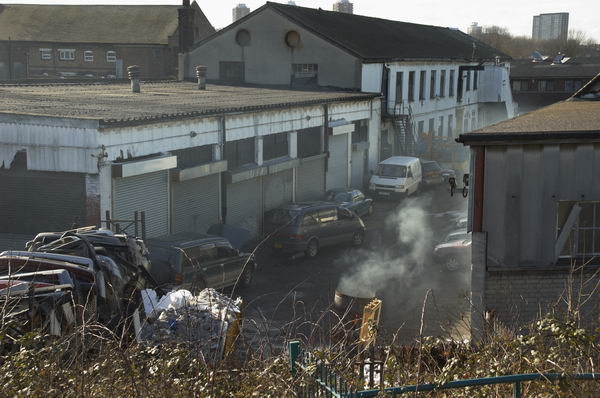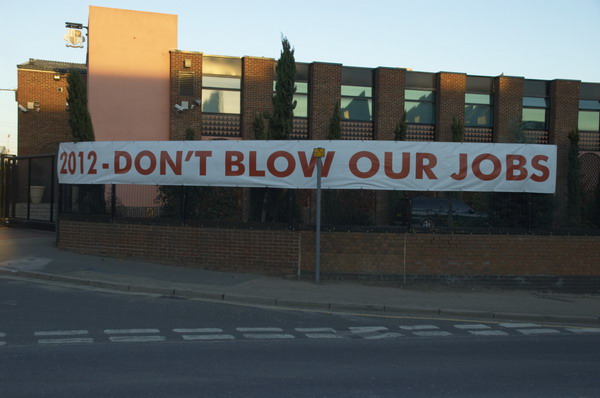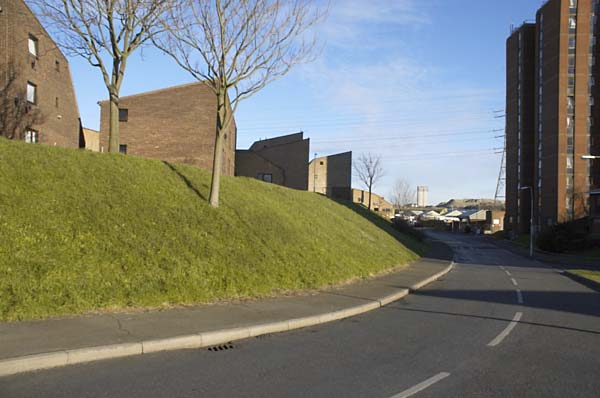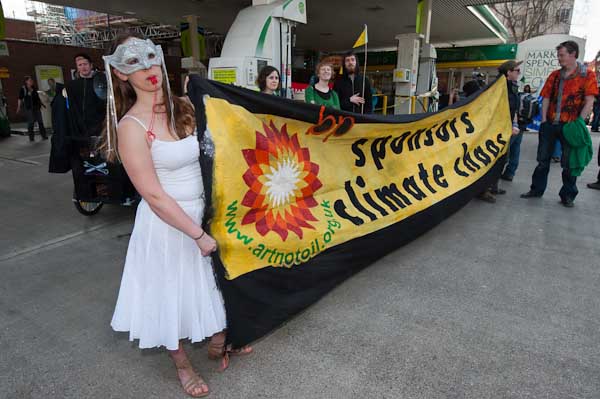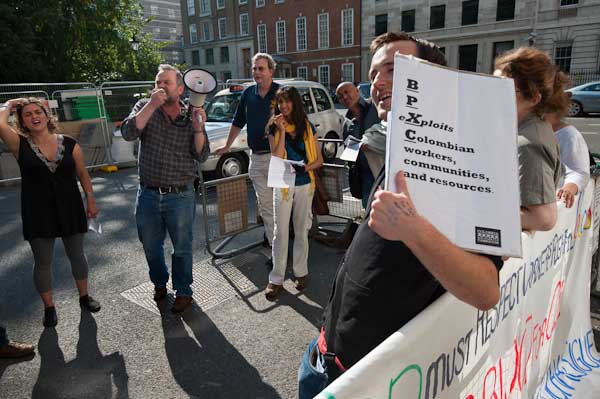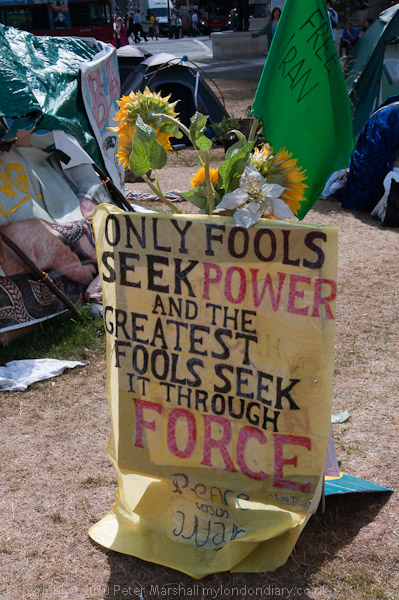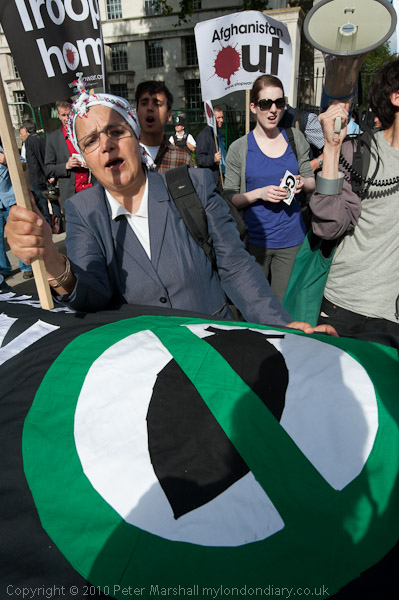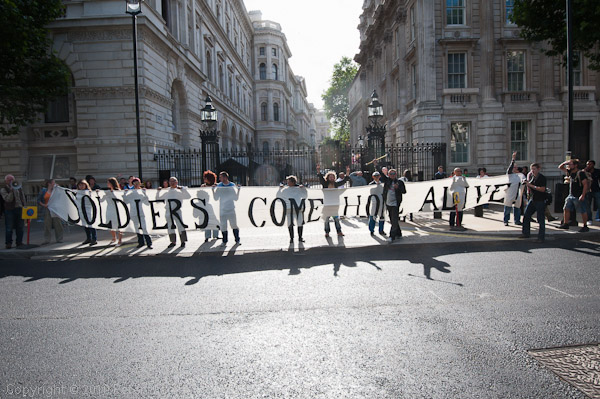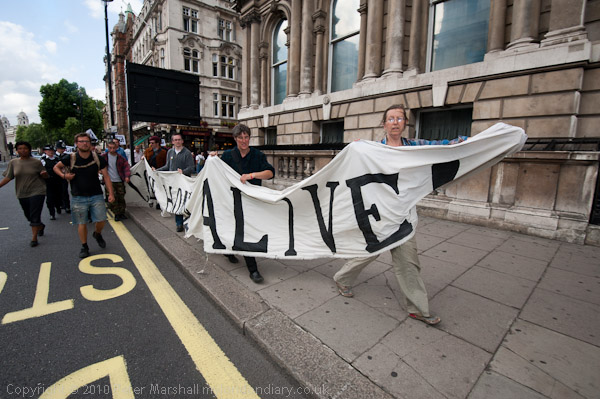Controversy rages currently between the long-established professional media organisations and upstart Demotix over the decision by the latter company to issue photographers with its own ‘press pass’. Since 1992 there has been a voluntary UK Press Card scheme, organised by an independent authority which licences 16 national organisations which represent journalists and other media personnel working “professionally as a media worker who needs to identify himself or herself in public” and entitles them to issue a ‘UK Press Card‘ formally recognised by all police forces in the UK (the scheme was launched by the Met) and many other bodies.
In general it has been a good scheme that has benefited photographers, police and public, although it hasn’t always given us the cooperation with the police that it supposedly entitles us to, and even some high-ranking officers have sometimes shown an abysmal ignorance about it.
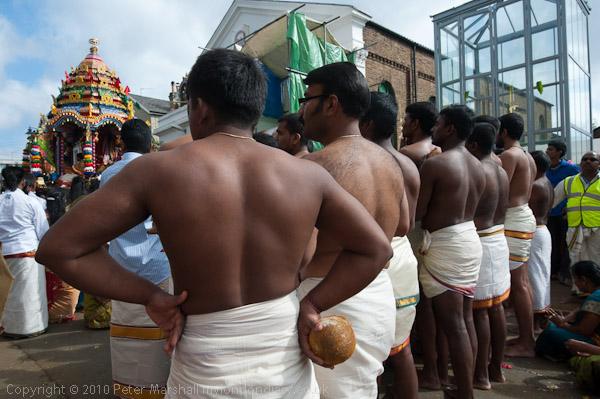
I didn’t need any press card to cover the latest event I put on Demotix
But I’m certainly very much in favour of the UK Press Card scheme, which has generally worked well, and in which I have a certain interest having carried a card for many years, at first from the PPA and latterly from the NUJ. Its major use for me has been to reassure members of the public who I am photographing, and if they have any concerns it provides a means that they can check on me through the police via the verification hot line whose number is given on the card. So far they haven’t bothered to do so – looking at the card has been enough.
It does also occasionally get me into areas which are closed from the public at some events, as well as free entry to some exhibitions etc. This has been a privilege I’ve always been careful not to abuse, only using it when I was actually writing or photographing the events concerned, although some colleagues and other card-carriers are considerably less scrupulous. Over the years some or most of the 16 “gatekeepers” have issued this card to many whose work can in no way justify it (a suggestion that many will admit in private but attack anyone who mentions it in public.)
Although I carry the card all the time when I’m taking pictures, at probably 95% of events I photograph it stays in my pocket. Usually if you look as if you know what you are doing and behave sensibly you can work without problems. The other 5% of times – mainly dealing with police or when I’m photographing events involving children – it does become useful or essential and without it I couldn’t work effectively.
Demotix wasn’t around in 1992 and doesn’t I think belong to any of the associations involved in the UK scheme, although it could possibly join at least one of them. I first came across their card a few months back, before they began to issue them more widely, when I saw one hanging around the neck of a colleague when we were covering the same event in Trafalgar Square, and asked him about it.
Like it or not, our industry – if that’s the word for it – is changing, and like many others involved in it he simply does not earn enough from it as a proportion of his earnings to qualify to join the NUJ. To keep up his professional media work (and his work is professional) he has to do other things that make more money as well.
The same is true of many others who put work on Demotix, where you can often see journalistic work of a very high standard from the UK and countries around the world – overall a considerably better standard of work than in many newspapers and in particular recent issues of the NUJ’s own magazine.
Again I have to declare an interest as I often post work on Demotix, largely because it enables me to tell my stories at some length and depth to an audience. On Demotix I can write a story – perhaps 500 or a thousand words and upload it with 15-25 pictures to form a slide show and have it available on-line in less than an hour from when I’ve finished it. A very high proportion of those that I post become ‘front page’ stories promoted by Demotix and seen by a decent number of people. Though still considerably fewer than see them on My London Diary or in posts here.
The only really unfortunate thing about Demotix is that sales are low, and I make very little money from it. I keep hoping things will change. I actually started with them following a suggestion on how photographers could look at new ways to make a living from photography made at an NUJ photographers’ conference, but it hasn’t so far worked out.
The statement that appears on the NUJ site warning about the Demotix press pass is unfortunately a very poor piece of journalism, getting too many of the facts wrong, particularly in the headlines. Demotix isn’t “selling” its ‘press passes’ and it isn’t an “amateur journalists website”. As Demotix CEO Turi Munthe stated to Journalism.co.uk,”The vast majority of Demotix’ regular contributors are pro or semi-pro photojournalists around the world, whose work has appeared in every major news outlet in the UK.”
It’s important also to remember that although the NUJ piece treats it as if it was entirely a UK matter, Demotix has photographers around the world in 190 countries sending it stories, including some that have no proper press card scheme.
I haven’t got a Demotix card but if I didn’t have a UK Press Card I would apply to Demotix for one. Before the UK Scheme I worked using cards provided by several bodies both from the UK and one USA company, all of which had my name and photograph, the name of the organisation I was working for, an expiry date and a contact phone number that could be used to check up on me. I cam see no problem with any organisation issuing members with such an identity card so long as they control it properly. It does really simply show that the person holding it is working gathering news for Demotix.
Although the Demotix card has been stated to look rather like the UK Press card, it would be hard for anyone familiar with that to be misled. What perhaps makes it contentious is the large black text PRESS on a yellow background similar to that on a UK Press card, but at around twice the size.
I’ve not checked recently, but it used to be possible for those who met the Demotix criterion of ‘ten published stories’ on the site to download a free PDF to make into their Demotix card, although there were many requests for Demotix to have them produced professionally and made available at low cost to those who qualify, and that seems now to have been done. This isn’t “selling” them any more than the annual fee I used to pay for my UK Press card from the PPA was.
I’d like Demotix to have greater quality control generally; stories are currently vetted by editors at least until photographers establish themselves as reliable, and most contributions do reach a reasonable standard. Perhaps 10 published stories is setting the bar a little too low, and they should consider only issuing them to photographers who have published at least this number and had at least one making the ‘front page.’
But I’m not entirely happy with the UK Press Card scheme either, and not just because some people who never emerge from an office get one. Although at the moment we seem – thanks to a lot of work by the NUJ in particular – to be getting the police who backed it in the first place to recognise it, there are still far too many other places where it isn’t recognised, with people – often I think thorough ignorance of the scheme – demanding their own accreditation. If the scheme were more generally known and accepted and the card recognised there would be considerably less danger of people being confused by a company card such as the Demotix example.
But underlying all of this dispute is the fact that the UK Press Card scheme is based on the status quo of 1992 in an industry that has changed considerably in those 18 years. The scheme and the NUJ too has failed in some respects to keep up with this changing nature and in particular the huge change from staff to freelance work. Many freelances have to combine various skills – and not all necessarily in journalism – to earn a living. The union should be much more actively promoting professionalism in journalistic work not just in the traditional media but also in blogging and various other on-line manifestations of the new journalism which include companies like Demotix.
We perhaps too need to concentrate more on audience than on earnings when assessing who should qualify for a press pass. Last October my page views for all my web sites for the month were over 250,000 for the first time and are now consistently around that level, and this site reached the 100,000 mark in June and is still increasing. Thanks to all of you for reading this but this site currently makes me no income. To me it’s still journalism, just the same as when I was writing and photographing and getting paid for it (and fortunately elsewhere this just occasionally still happens.)
————————————————
I’m still wondering whether I should add a donations button to these posts, or even possibly move to another platform where I could add some fairly unobtrusive advertising. But I’d prefer not to.
You can however support me in other ways. First and most easily simply by recommending the site, telling your mates, writing about it and linking to it if you have a blog or web site or use Twitter or Facebook etc. If you have any connection with using or commissioning photographs then all my work on all of my sites is available as high res for repro, and I’m generally available for work in the London, UK area. And of course you can buy prints of anything on the site at fairly reasonable prices as these things go – both older black and white work such as my Paris Pictures (that page has a link to sales and information on the bottom) or any more recent work.
Finally I’ll mention Blurb books – and I’ve a new one coming shortly when I’ll mention them again. I don’t make a great deal on these, as I’ve kept the markup very low since Blurb isn’t cheap, and my motivation wasn’t to make money but make my work available to anyone interested. Currently two very different books are available:
Before the Olympics:
The Lea Valley 1981-2010
Peter Marshall
Softcover UK £16.45
Over 240 images from the Lea Valley in an 80 page book, including many from the area now redeveloped for the London 2012 Olympics.
and
1989
Peter Marshall
Softcover UK £10.95
20 lack and white photographs from 1989 and accompanying text from an imaginary diary of a walk in north London with a famous deceased author.
The links lead to pages with previews of each work – and where you can also order them.
Post and packing is extra.


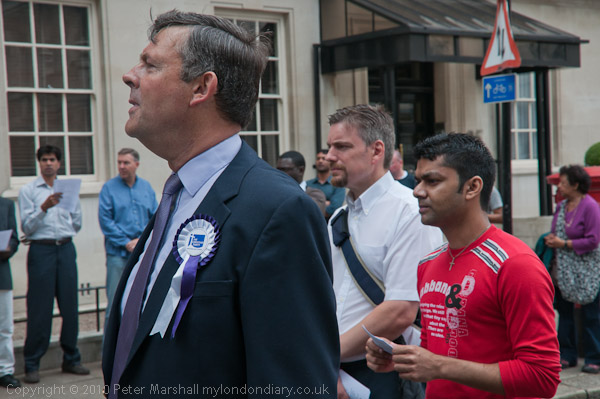
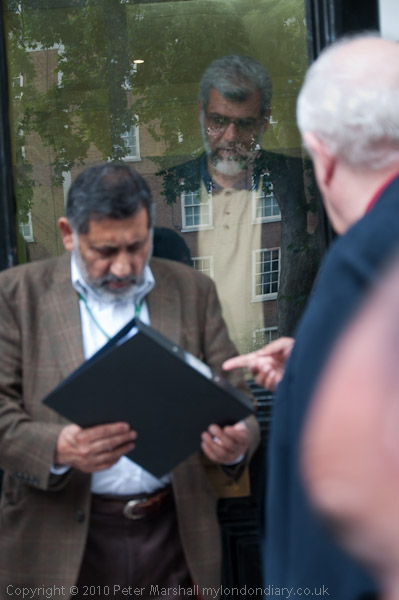
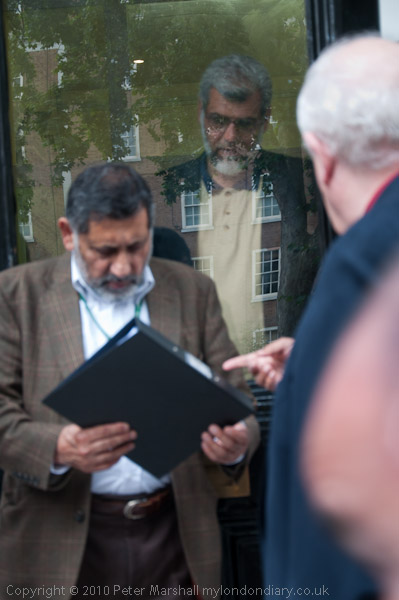
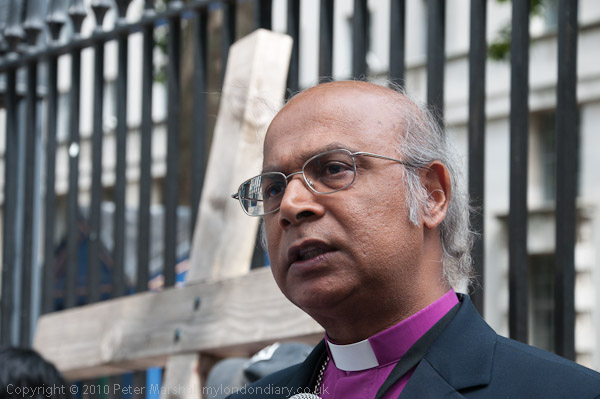
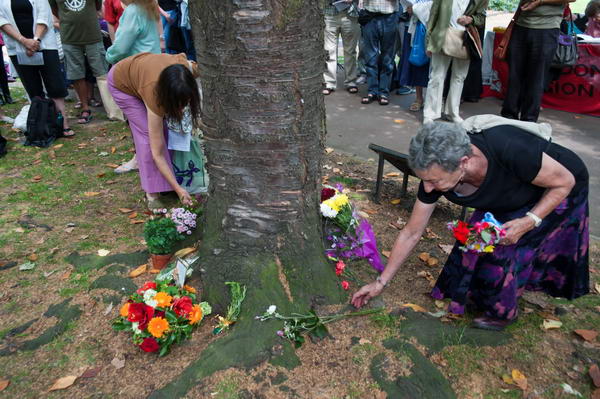
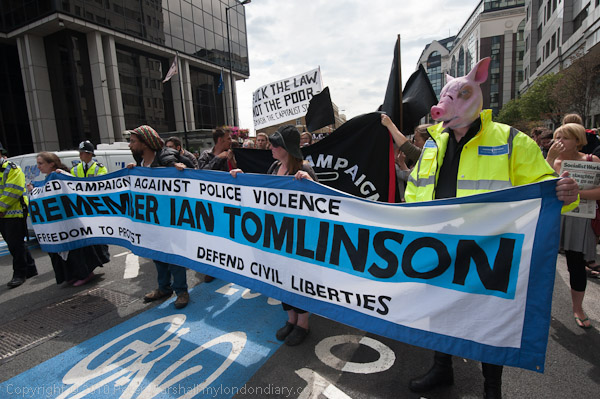
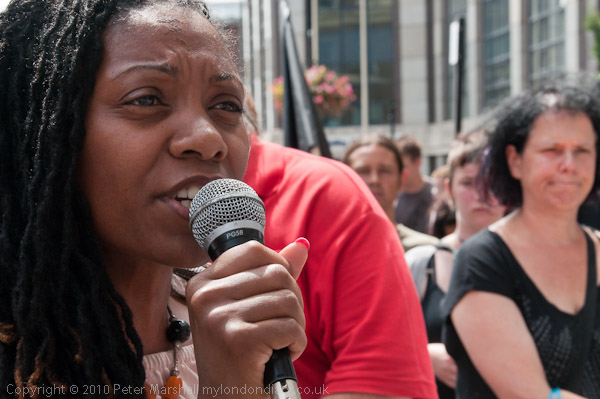
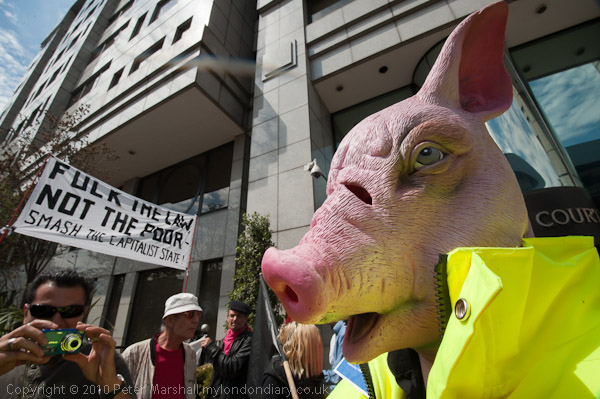
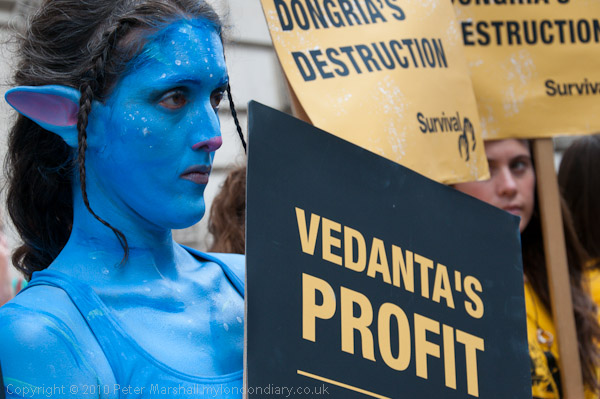
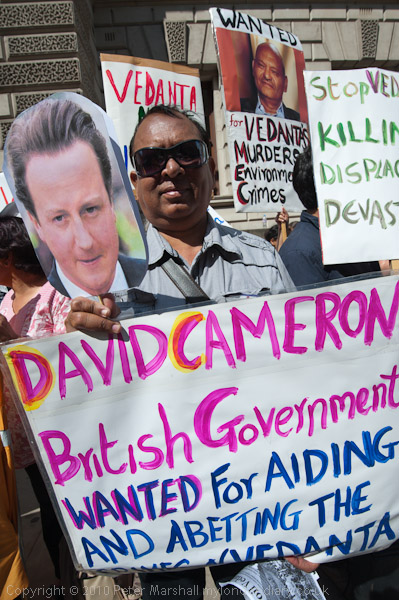
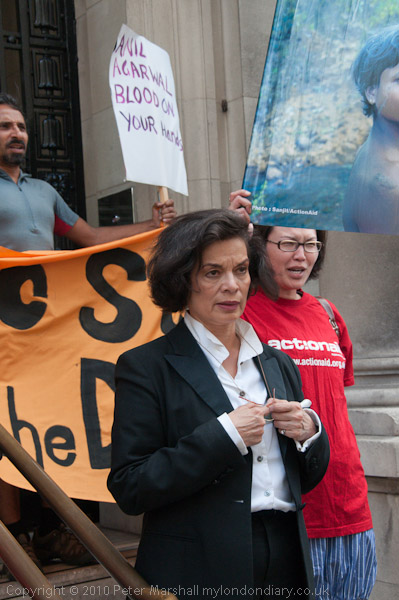
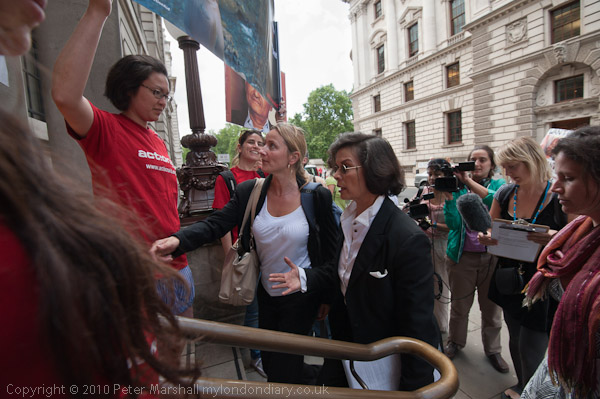
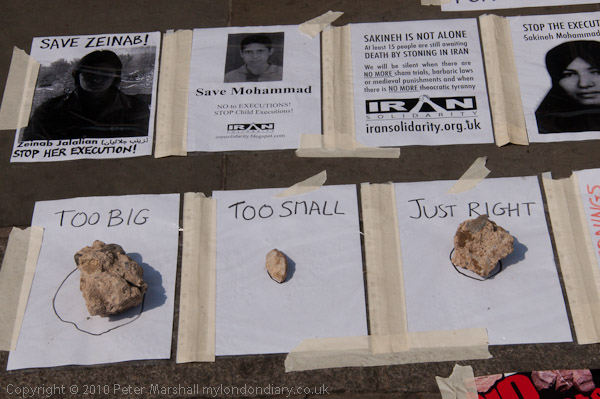
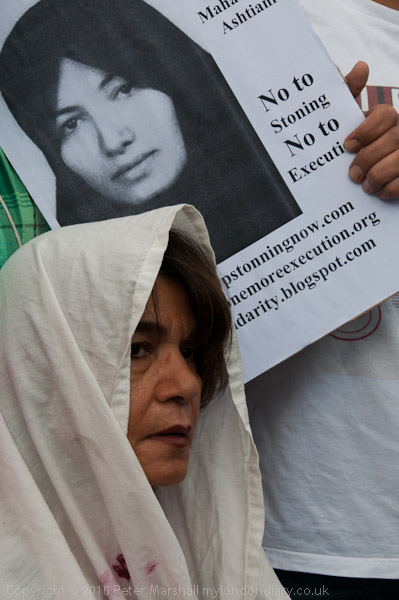
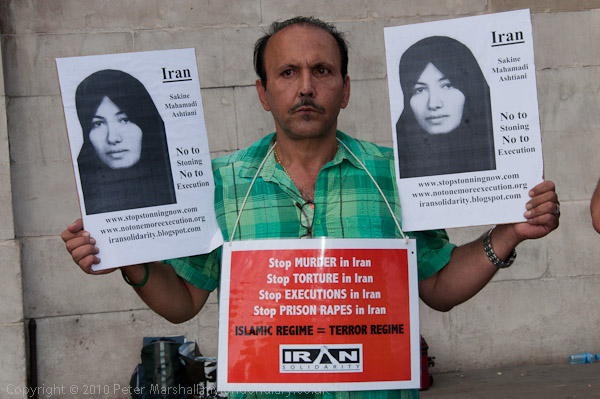
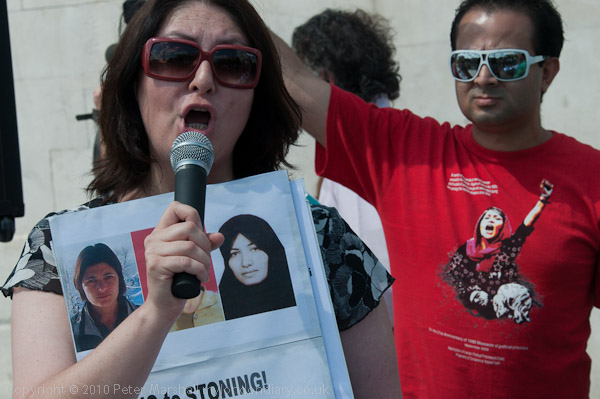
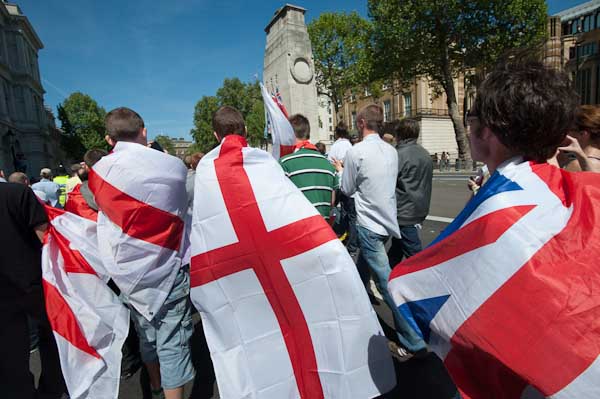 The march came up Whitehall in silence and then burst into applause at the Cenotaph
The march came up Whitehall in silence and then burst into applause at the Cenotaph

